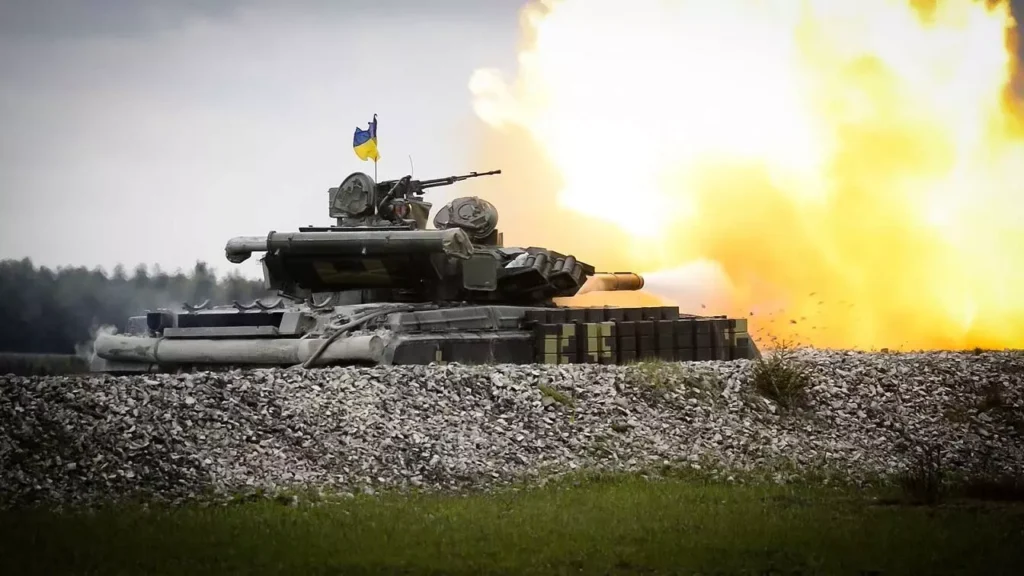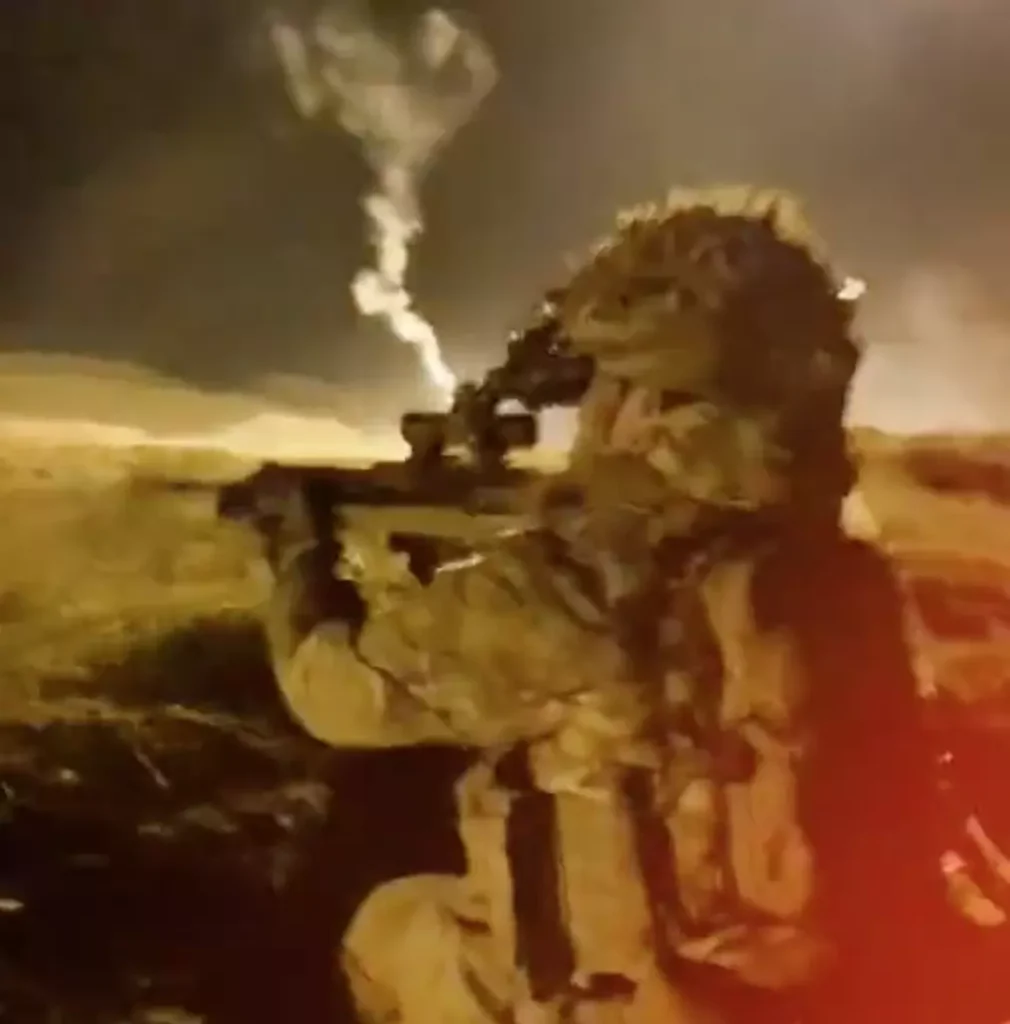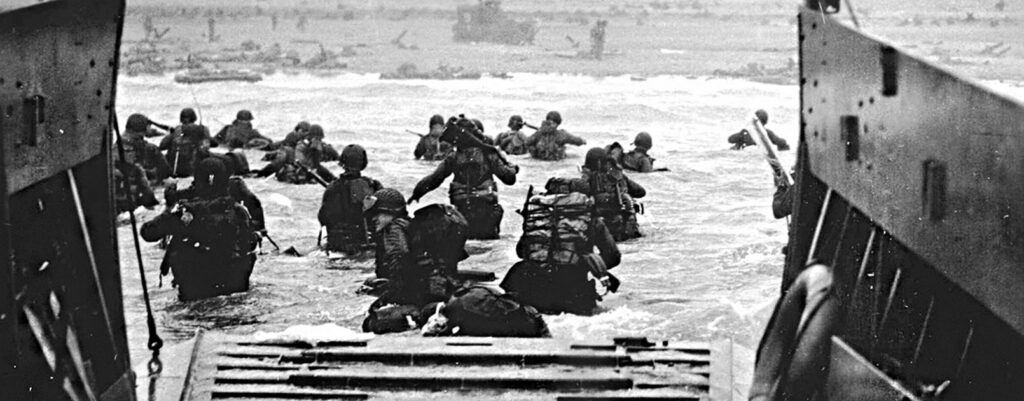More than a century after WWI, war continues to be the same in Ukraine
- By Stavros Atlamazoglou
Share This Article

The war in Ukraine approaches its two-year anniversary. When Russian President Vladimir Putin decided to invade Ukraine on February 24, 2022, he clearly didn’t expect to be still enmeshed in this conflict.
Not only has the Russian military failed to achieve any of its major strategic objectives, but the Ukrainians, with the support of the United States and much of the West, and threatening to undo Putin’s previous gains in Ukraine. The Donbas and the Crimean Peninsula are well within Kyiv’s crosshair, and the Ukrainian leadership has repeatedly stated its goal of liberating these territories that have been under Russian control since 2014.
To make matters worse for the Russian leader, his forces continue to take extremely high casualties on the ground. The latest Western intelligence estimates on Russia’s casualties are telling.
Sky-high casualties
According to the latest Western intelligence estimates, the Russian military and paramilitary forces have lost more than 320,000 troops killed and wounded in the fighting.
Back in November, in response to a question about the state of the war, British Minister of State for the Armed Forces James Heappey revealed that the Russian forces had lost a bit over 300,000 men in the fighting.
“We estimate that approximately 302,000 Russian military personnel have been killed or wounded, and tens of thousands more have already deserted since the start of the conflict,” the British politician said.
However, high Russian losses aren’t limited to troops. Moscow has suffered equally heavy blows on its materiel as well.
“We also estimate that over 7,117 Russian armoured vehicles, including nearly 2,475 main battle tanks, 93 fixed wing aircraft, 132 helicopters, 320 unmanned aerial vehicles, 16 naval vessels of all classes, and over 1,300 artillery systems of all types have been destroyed since the start of the conflict,” Heappey added.
A couple of weeks later, the British Military Intelligence came out with an updated estimate that put the number of Russian losses around 320,000.
The Ukrainian estimates continue to outpace the Western intelligence assessments, though not by a lot. In its latest estimate of the war, the Ukrainian Ministry of Defense claimed that Moscow has lost almost 356,000 men killed, wounded, or captured. Kyiv’s estimates have always outpaced that of its Western counterparts. But the difference in the numbers – especially in manpower losses – has remained relatively close.
To be sure, the Ukrainians have suffered heavy losses themselves. Back in August, US officials revealed that at that point in the conflict, Kyiv had lost approximately 170,000 men, 70,000 of whom were killed and the rest wounded or captured.
Night vision and rats

Moscow’s shortcomings are particularly evident when examined through a key modern warfighting function: fighting in the dark.
The Russian forces have a disadvantage in the dark, lacking sufficient night vision capabilities to fight competently in the darkness.
“NVGs have frequently featured high in the lists of equipment Russian units request from their families and supporters. Ukrainian forces have often been equipped with night vision devices from international partners,” the British Military Intelligence stated in a recent estimate on the war.
Although the underdog in the war, Ukraine is now probably better equipped than its adversary. With tens of billions of Western military aid at its disposal, Kyiv has gone through a rapid modernization of its military and weapon systems.
“There is also likely a cultural element to Russia’s problem: Russian military training has rarely emphasised night exercises instead typically building towards set-piece, daylight events to impress visiting senior officers. In contrast, the Russian soldier claimed Ukrainian forces ‘move mostly at night,’” the British Military Intelligence added.
Meanwhile, conditions on the frontlines continue to be unbearable for both sides. According to reports from the trenches, both Ukraine and Russia have had to deal with large numbers of rat and mice infestations as the fall’s mild weather combined with flooded fields to create the perfect conditions for rodents to multiply.
World War I might be more than a century old but the fighting in Ukraine continues to show that trench fighting, artillery barrages, abominable living conditions, and high casualties are still very much part of warfare even in the 21st century.
Read more from Sandboxx News
- Special Operations Command’s commando aircraft are in jeopardy
- US Navy helicopters sink 3 Houthi attack boats attempting to seize cargo ship
- GE’s hypersonic rotating detonation engine breakthrough could change aviation forever
- Fighter pilot breaks down how aerial refueling works
- How an F-16 dodged 6 surface-to-air missiles in an airstrike gone wrong
Related Posts
Sandboxx News Merch
-

‘AirPower’ Classic Hoodie
$46.00 – $48.00 Select options This product has multiple variants. The options may be chosen on the product page -

‘Kinetic Diplomacy’ Bumper Sticker (Black)
$8.00 Add to cart -

‘Sandboxx News’ Trucker Cap
$27.00 Select options This product has multiple variants. The options may be chosen on the product page
Stavros Atlamazoglou
Greek Army veteran (National service with 575th Marines Battalion and Army HQ). Johns Hopkins University. You will usually find him on the top of a mountain admiring the view and wondering how he got there.
Related to: Ukraine

The special operations that paved the way for D-Day
Sandboxx News
-

‘Sandboxx News’ Trucker Cap
$27.00 Select options This product has multiple variants. The options may be chosen on the product page -

‘AirPower’ Classic Hoodie
$46.00 – $48.00 Select options This product has multiple variants. The options may be chosen on the product page -

‘AirPower’ Golf Rope Hat
$31.00 Select options This product has multiple variants. The options may be chosen on the product page -

‘Sandboxx News’ Dad Hat
$27.00 Select options This product has multiple variants. The options may be chosen on the product page
